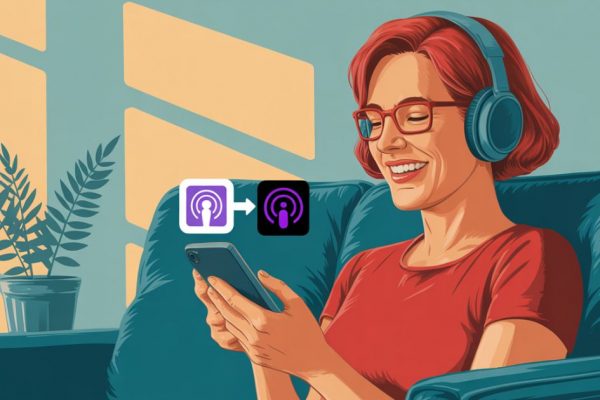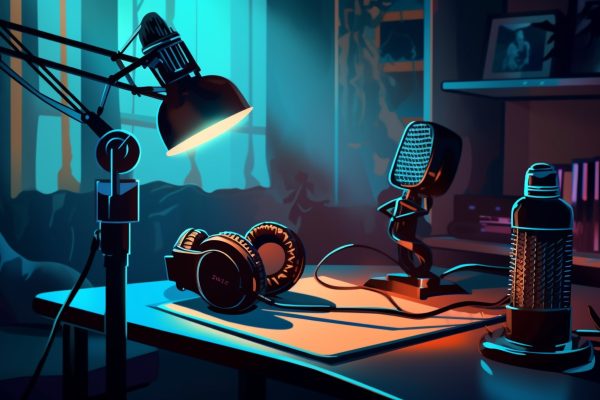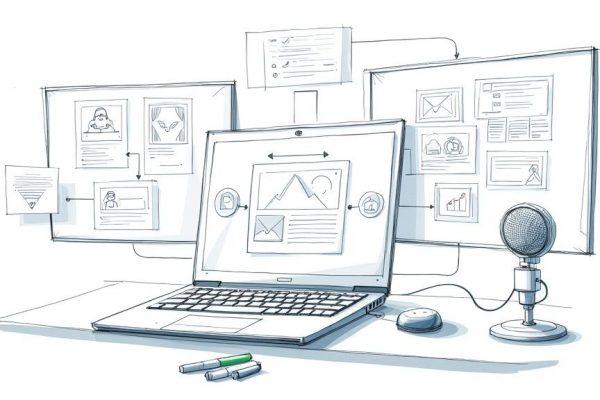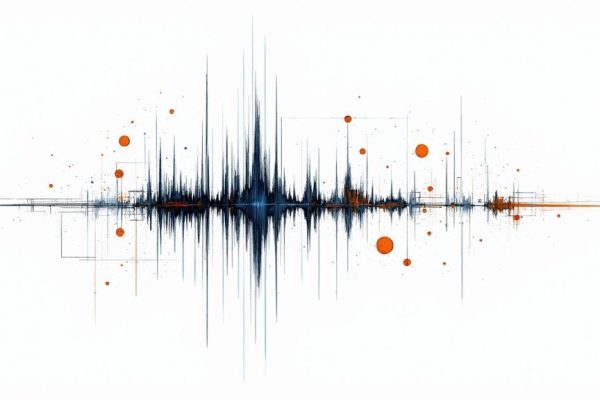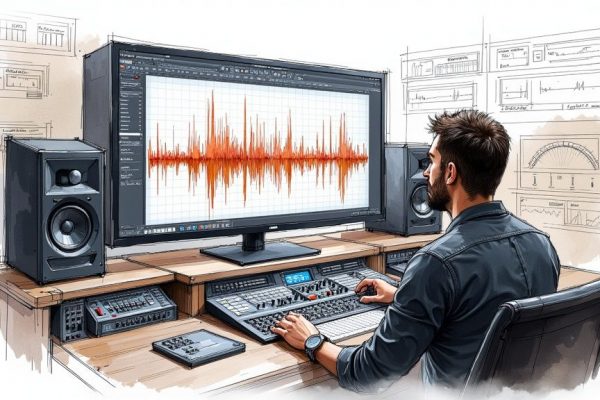
Janis Ozolins - How to create viral visuals without design skills
Creator Heist

Hosted by
Alex Llull
In this episode, we sit down with Janis Ozolins.
Janis is well-known for creating simple visuals that convey complex ideas in an easy-to-understand way. Thanks to his visuals, he has gone viral countless times and collaborated with renowned creators like Shaan Puri and Dharmesh Shah.
In today's episode, he shares his entire process plus his view on becoming a full-time creator.
Here’s what we are stealing from him:
• Janis’ process for creating his visuals
• Where Janis finds inspiration for his visuals
• Why you should NOT focus on aesthetics
• His top tips for creating visuals without design skills
• How Janis monetizes this unique skill
• And much more!
You won’t want to miss this one.
Sources and sponsors
Mumbler is the all-in-one tool for audio creators — Sign up for free
More about Janis
Transcription
Other episodes
Other Business episodes you may also like
Last updated episodes on Mumbler
Latest Blog Posts
The true importance of Cross-Promotion: multiply your podcast audience without spending on ads
The biggest challenge for any podcaster today isn’t creating good content, but...Read more
8 Best Podcast Hosting Services in 2025: Comparison and Ultimate Guide
El podcasting es una de las formas de comunicación y entretenimiento más popul...Read more
Podcast production costs: what are they?
Creating content comes at a high cost. It requires time, resources, tools, and...Read more
Master StreamYard: The complete guide to professional live streaming
StreamYard StreamYard is a live streaming platform that works directly from yo...Read more
Podfade: What it is and how to avoid it
Podcasting is an exciting and rewarding medium, but many creators face a commo...Read more
How to normalize audio: professional techniques and step-by-step guide
Understanding audio normalization is essential for achieving balanced and prof...Read more
